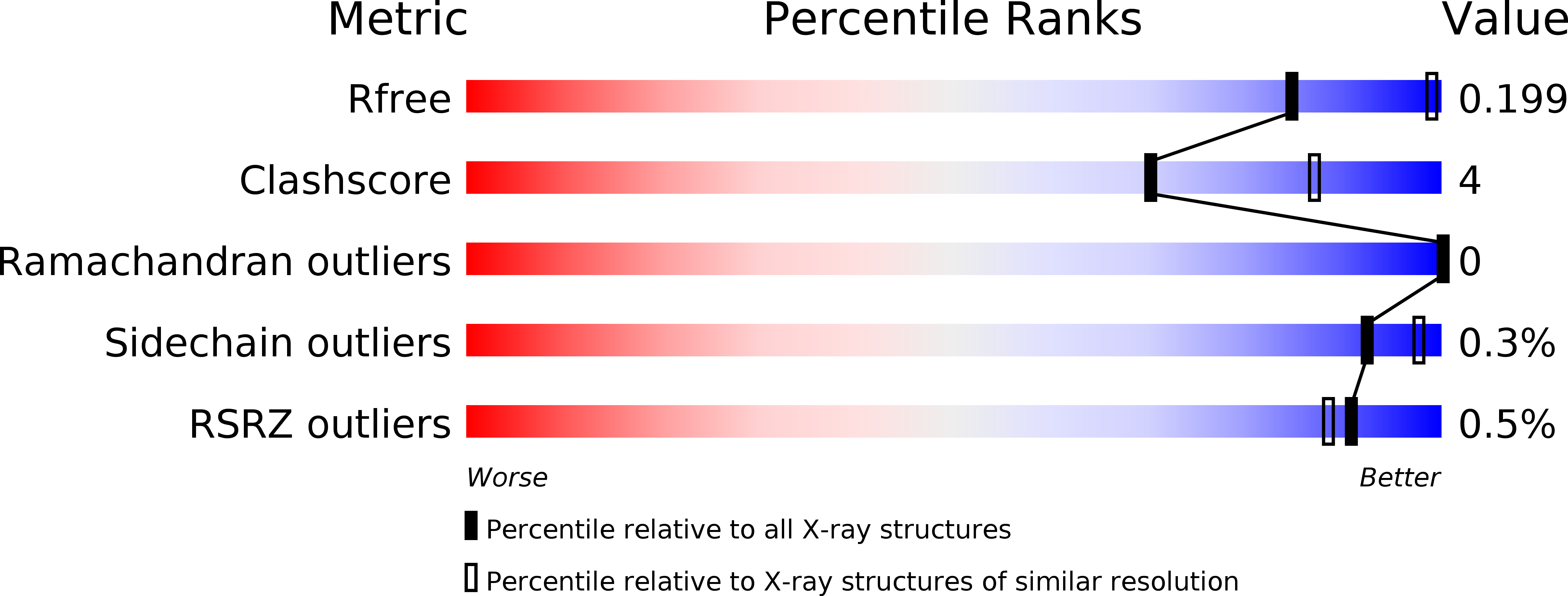
Deposition Date
2016-11-27
Release Date
2017-12-20
Last Version Date
2024-11-13
Entry Detail
PDB ID:
5MI3
Keywords:
Title:
Structure of phosphorylated translation elongation factor EF-Tu from E. coli
Biological Source:
Source Organism:
Escherichia coli (strain K12) (Taxon ID: 83333)
Host Organism:
Method Details:
Experimental Method:
Resolution:
2.80 Å
R-Value Free:
0.19
R-Value Work:
0.15
R-Value Observed:
0.15
Space Group:
P 2 21 21


